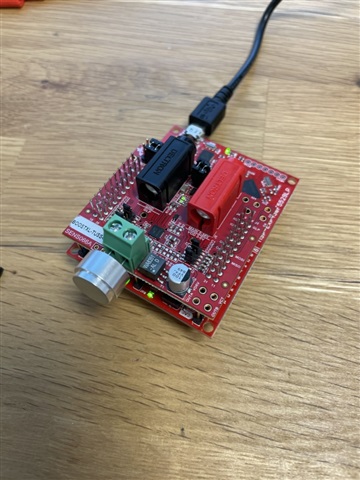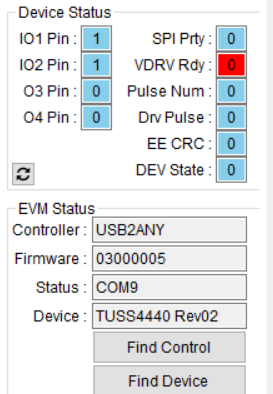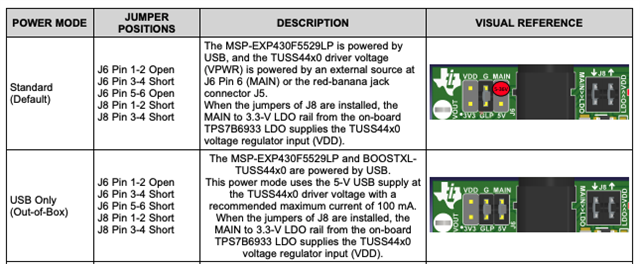Other Parts Discussed in Thread: TDC1000, , TUSS4440, BOOSTXL-TUSS4440, MSP-EXP430F5529LP
Hi,
I allow my self to contact you because we would like use TDC1000 sensor with piezo electric cell to monitoring ice water with a good resolution (below 1mm). It is only possible for us to monitoring the ice while with piezo electric cell (or other technology) submerged in the ice.
First, we following your recommandations in this document : https://www.ti.com/lit/an/snaa266a/snaa266a.pdf?ts=1686556868607&ref_url=https%253A%252F%252Fwww.ti.com%252Ftool%252FTDC1000-C2000EVM
We used the evaluation board TDC1000-C2000EVM with the software TDC1000_C2000_EVM and piezo electric cell : https://www.steminc.com/PZT/en/piezo-ceramic-disc-1-mhz
We leave these default settings : /resized-image/__size/1617x1228/__key/communityserver-discussions-components-files/1023/tdc1000_5F00_c2000_5F00_evm_5F00_setup.png
First, we trying to monitoring liquid (water). We make housing with mix of acrylic (on the top only) and PETG like below :
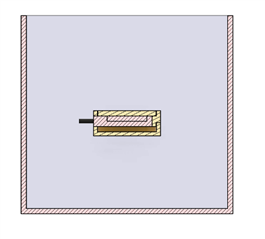
On the housing, the piezo electric cell is mounting on the top on acrylic using cyanoacrylate and on the bottom, we use hot glue. Also, we used hot glue to to guarantee a watertightness of the case. We testing in cube with 5 cm of the water and it is work.
After, we placed the cube on freezer at the temperature between -5°C and -7°C during 72 hours. We placed this piezo electric cell on the top of the ice with our housing and add water until they are water surround the housing and not above. After 24h, the piezo cell is fixed on the ice : 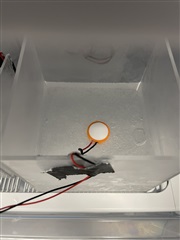
We add water above this cell (1mm to 10mm), is it possible to monitoring. After 24 hours, this liquid water transform to ice and we can't have measure.
What is your recommandations to monitoring ice (water) ? It is necessary to change the settings of your software to have results ?
Thanks in advance for your help. Kind Regards.


